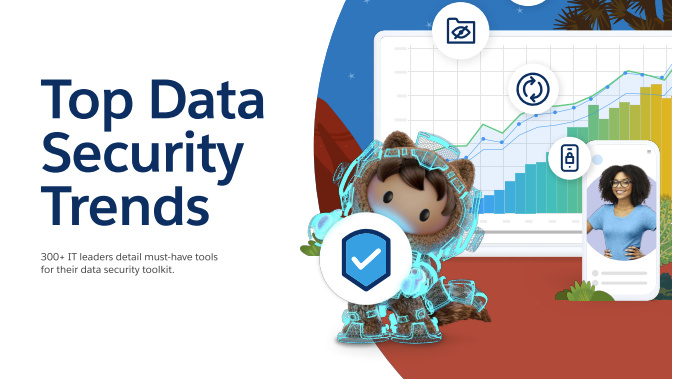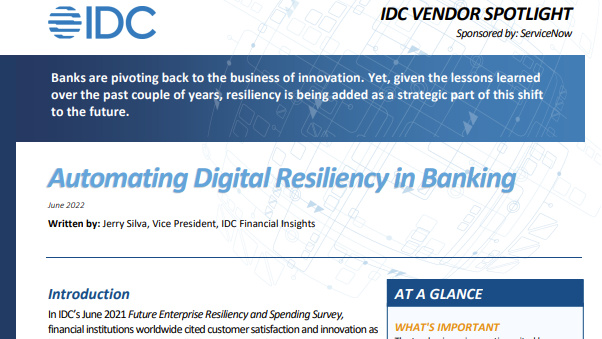Enterprise mobility can help solve PSN compliance
Ian Evans of AirWatch explains how enterprise mobility management solutions can help meet PSN security needs

With the increase in number of mobile devices and applications used by government institutions, and the ever-evolving nature of the mobility sector as a whole, public sector IT administrators are being challenged to ensure that public services network (PSN) security requirements are being met, or else risk being cut off from key government online services.
The government’s push for PSN compliance aims to improve the quality of public services available on the government’s secure network to public sector authorities and public institutions, allowing these institutions to collaborate effectively and economically. Access to PSN, however, requires a network infrastructure and connectivity that is deemed secure by CESG, the information security arm of GCHQ.
To achieve PSN compliance, government institutions should consider the different security profiles and roles of users and the risks that these users present to network security. While core executive teams may be granted secure devices that are enrolled and securely managed through an enterprise mobility management (EMM) solution, other operational job roles in the organisation may not require to access PSN services, and should therefore be managed with different, cost-effective controls like Bring Your Own Device (BYOD) management schemes.
Multi-tenancy management
To drive efficiency and increase employee productivity, budget-conscious public sector institutions find themselves constrained to provide their employees with remote access to official information on mobile devices. Enterprise mobility management (EMM) software provides a secure IT management solution to help public sector bodies address security concerns surrounding PSN compliance, while also considering tight budgets and resource limitations. With a role-based, multi-tenancy EMM platform, organisations can opt to deploy only relevant low-risk corporate content to non-PSN devices by enabling a BYOD strategy.
Multi-tenancy allows remote and secure access to corporate data depending on employee job roles, user group and risk profiles within an organisation without compromising its network security. What is important here is to maintain the right levels of security, for the right levels of risk and for the right user group, which is compatible with PSN guidelines.
Secure content applications
ChannelPro Newsletter
Stay up to date with the latest Channel industry news and analysis with our twice-weekly newsletter
Public sector institutions can also make use of enterprise-level file sharing programs to mitigate data loss risks, while allowing users to securely access official information through an encrypted tunnel. Access can be managed and monitored at the organisational level from a central console, strengthening data loss prevention. The management console constantly monitors managed devices for unauthorised users, compromised devices, blacklisted apps and other security risks. When a threat is identified, the software can block access to enterprise email, applications and resources, allowing administrators to either lock or wipe a device automatically through a compliance engine.
The tendency of public sector organisations in the past was to issue Blackberry devices and be satisfied with email and calendar. However, today’s users require richer, more process-orientated applications to support them in their job roles and reduce the number of devices they need to carry. With many organisations planning their migration from Blackberry devices, EMM platforms provide a flexible solution to manage a multi-device and multi-platform infrastructure at an organisational level, while allowing IT administrators to maintain visibility and control of devices under their particular location or department.
Ian Evans is senior vice president and managing director for EMEA, AirWatch by VMware
-
 Why keeping track of AI assistants can be a tricky business
Why keeping track of AI assistants can be a tricky businessColumn Making the most of AI assistants means understanding what they can do – and what the workforce wants from them
By Stephen Pritchard
-
 Nvidia braces for a $5.5 billion hit as tariffs reach the semiconductor industry
Nvidia braces for a $5.5 billion hit as tariffs reach the semiconductor industryNews The chipmaker says its H20 chips need a special license as its share price plummets
By Bobby Hellard
-
 Data sovereignty a growing priority for UK enterprises
Data sovereignty a growing priority for UK enterprisesNews Many firms view data sovereignty as simply a compliance issue
By Emma Woollacott
-
 Elevating compliance standards for MSPs in 2025
Elevating compliance standards for MSPs in 2025Industry Insights The security landscape is set to change significantly in the years to come with new regulations coming into effect next year, here's how the channel needs to adapt
By Ross Brewer
-
 How ready is your company for NIS2?
How ready is your company for NIS2?Supported Content The EU’s latest cybersecurity legislation raises the stakes for enterprises and IT leaders - and ensuring compliance can be a daunting task
By Ross Kelly
-
 Top data security trends
Top data security trendsWhitepaper Must-have tools for your data security toolkit
By ITPro
-
 Conquering technology risk in banking
Conquering technology risk in bankingWhitepaper Five ways leaders can transform technology risk into advantage
By ITPro
-
 Advancing your risk management maturity
Advancing your risk management maturityWhitepaper A roadmap to effective governance and increase resilience
By ITPro
-
 When banking works, the world works
When banking works, the world worksWhitepaper Five ways automated processes can drive revenue and growth across your bank
By ITPro
-
 Automating digital resiliency in banking
Automating digital resiliency in bankingWhitepaper Prioritize investment in solutions that mitigate a lack of digital resiliency when disruptions strike
By ITPro